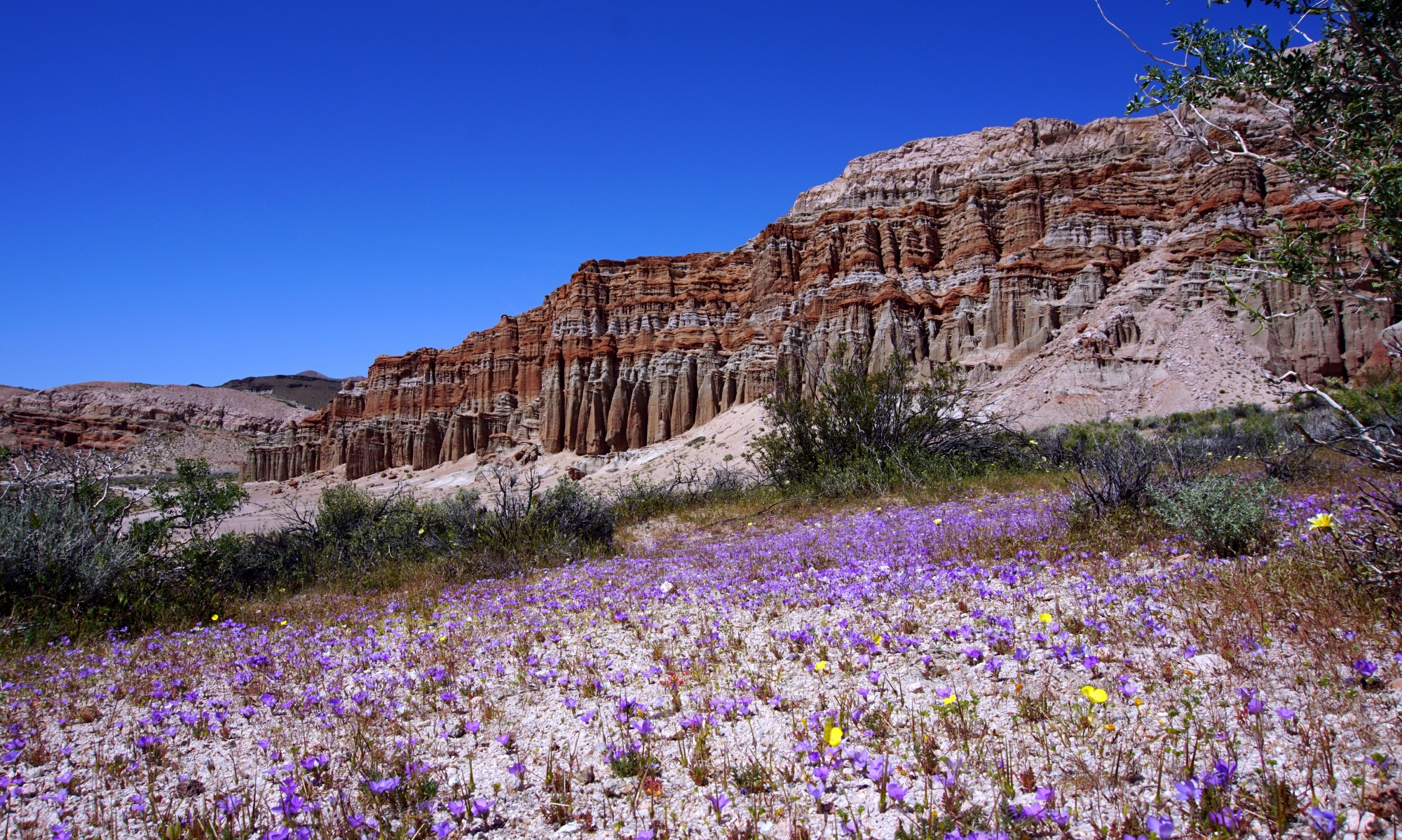RATING: ♦♦♦
While driving along the California – Oregon border, we saw signs to the Lava Beds National Monument. It turns out that the national park was only 25 miles from where we were staying in Merrill OR, so we decided to make a visit.
Northern California has two major dormant volcanoes, Mount Lassen and Mount Shasta. These are in the transitional area between the Sierra Nevada to the south and the Cascade Range to the north. The entire Cascades, which run through Oregon and Washington up into British Columbia, are full of volcanoes, such as Mount Hood, Mount Rainier, and of course, Mount St Helens.
The largest volcano in the Cascades is Medicine Lake Volcano, which is also one of the least well known. This is because, unlike the more famous ones, Medicine Lake Volcano is a shield volcano, and does not form a mountain peak.
Lava Beds National Monument is on the northeast flank of Medicine Lake Volcano, which has been active for 500,000 years. The volcano’s eruptions were gentle rather than explosive like Mount St. Helens, coating the volcano’s sides with flow after flow of basaltic lava.
The repeated lava flows created a large lava bed which is now protected as the Lava Beds National Monument. It has the largest concentration of lava tubes in North America, with 25 having marked entrances and developed trails for public access and exploration.
The ranger at the visitor center recommended several for us to explore. We choose to hike through a lava tube called the Sentinel, because it is the only one that allows hikers to pass through the entire length of the tube. We entered on the lower end and exited at the upper end. It was dark and creepy, but the ranger provided us flashlights to use.
Most of the lava tubes in the monument were formed about 30,000–40,000 years ago. As the hot basaltic lava flowed downhill, the top cooled and crusted over, insulating the rest of the lava and forming lava tubes.
An unusual feature of the lava tubes are lavacicles on the ceiling that were produced as the level of lava in the tube retreated and the viscous lava on the ceiling dripped as it cooled. Another feature is dripstone, which was created when lava splashed on the inside walls of the tubes.
It was a unique experience, but we were relieved when we finally got to the exit. The truth is that, while we were impressed by the park, neither of us are “cave people”. We’d both be happy to have this be our last one.











